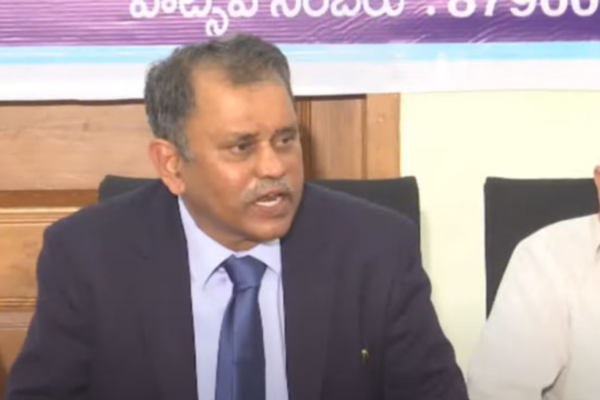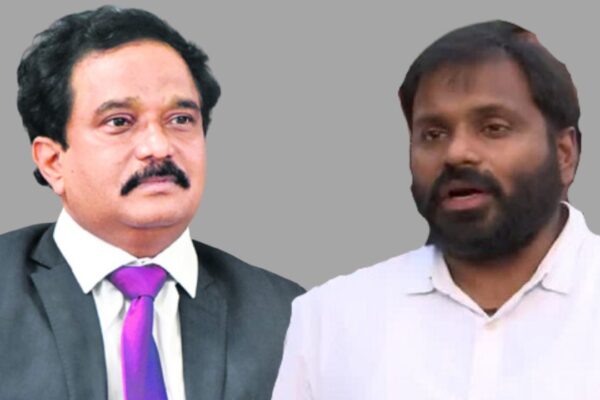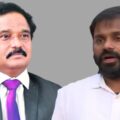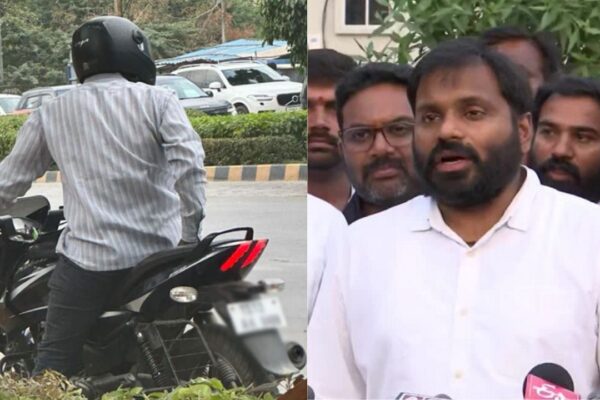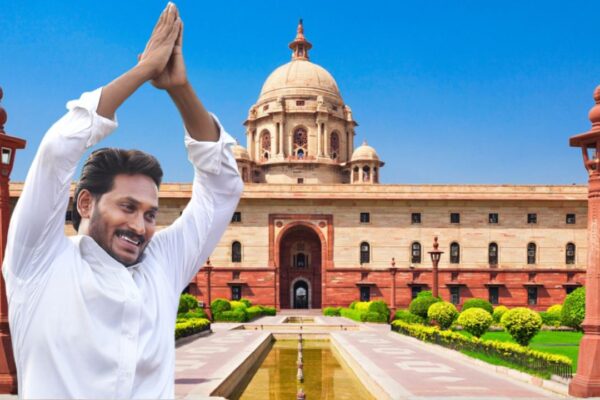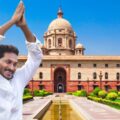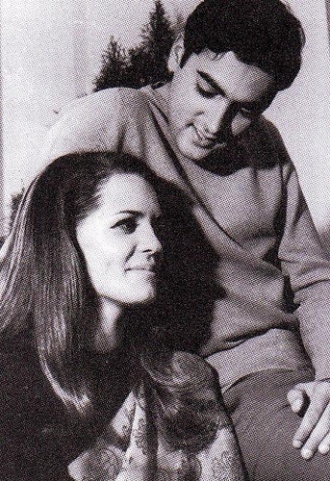
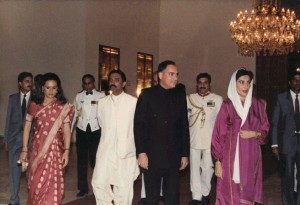 After the assassination of Rajiv Gandhi and her refusal to become Prime Minister, the party settled on the choice of P. V. Narasimha Rao who became leader and subsequently Prime Minister.
After the assassination of Rajiv Gandhi and her refusal to become Prime Minister, the party settled on the choice of P. V. Narasimha Rao who became leader and subsequently Prime Minister.
Over the next few years, however, the Congress fortunes continued to dwindle and it lost the 1996 elections. Several senior leaders such as Madhavrao Sindhia, Rajesh Pilot, Narayan Dutt Tiwari, Arjun Singh, Mamata Banerjee, G. K. Moopanar, P. Chidambaram and Jayanthi Natarajan were in open revolt against incumbent President Sitaram Kesri and quit the party, splitting the Congress into many factions.
In an effort to revive the party’s sagging fortunes, she joined the Congress Party as a primary member in the Calcutta Plenary Session in 1997 and became party leader in 1998.
In May 1999, three senior leaders of the party (Sharad Pawar, Purno A. Sangma, and Tariq Anwar) challenged her right to try to become India’s Prime Minister because of her foreign origins. In response, she offered to resign as party leader, resulting in an outpouring of support and the expulsion from the party of the three rebels who went on to form the Nationalist Congress Party.
Within 62 days of joining as a primary member, she was offered the party President post which she accepted. She contested Lok Sabha elections from Bellary, Karnataka and Amethi, Uttar Pradesh in 1999. In Bellary she defeated veteran BJP leader, Sushma Swaraj. In 2004 and 2009, she was re-elected to the Lok Sabha from Rae Bareli in Uttar Pradesh.
She was elected the Leader of the Opposition of the 13th Lok Sabha in 1999. When the BJP-led NDA formed a government under Atal Bihari Vajpayee, she took the office of the Leader of Opposition. As Leader of Opposition, she called a no-confidence motion against the NDA government led by Vajpayee in 2003. More


